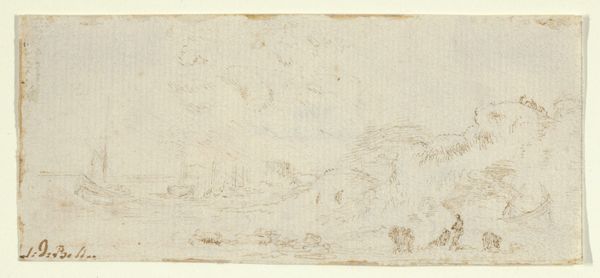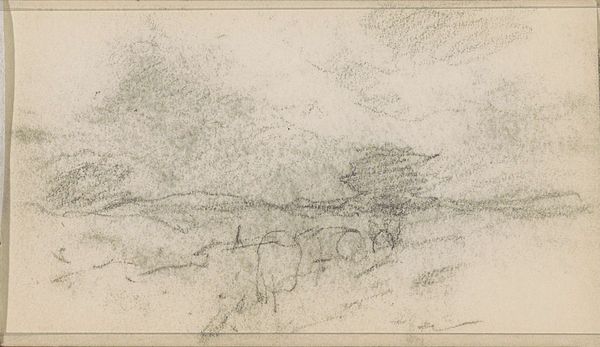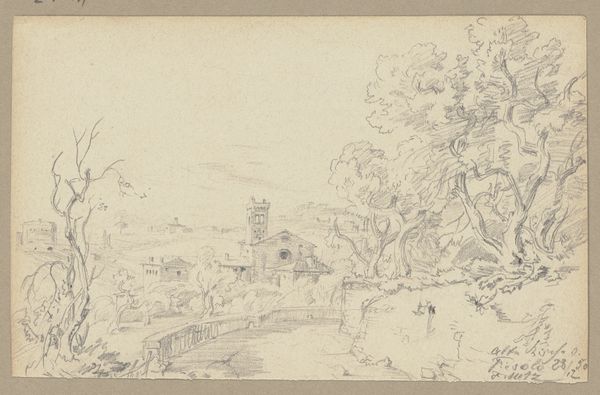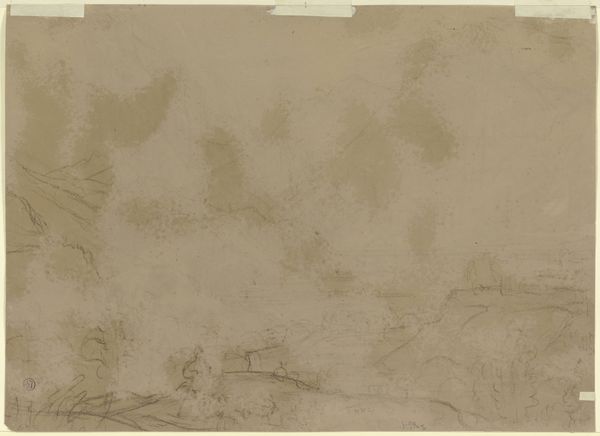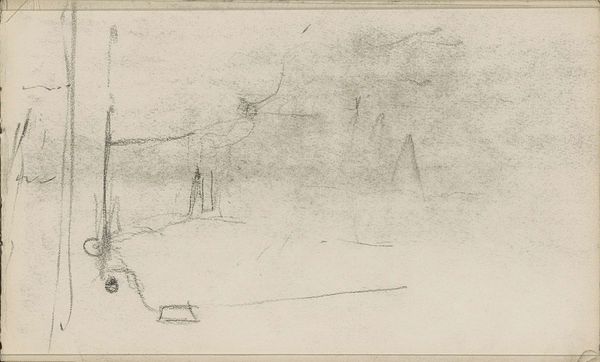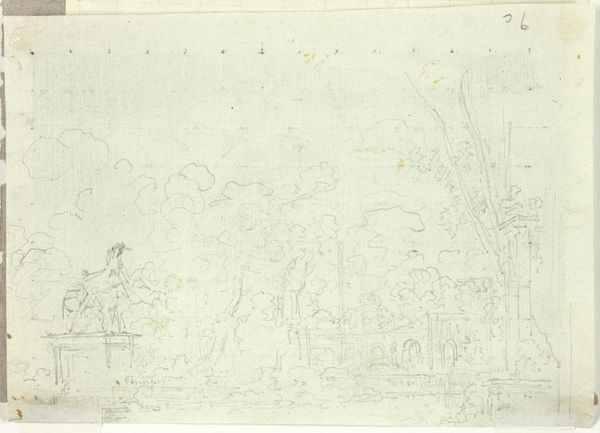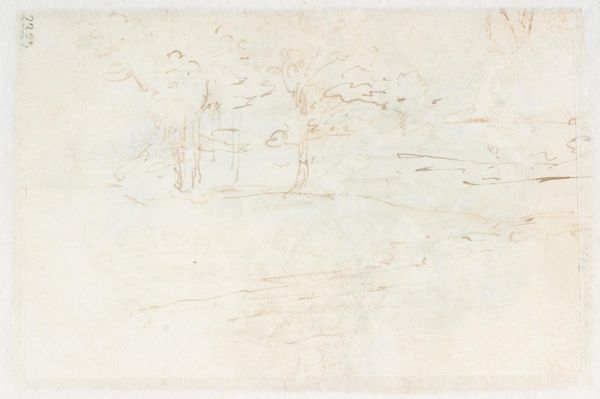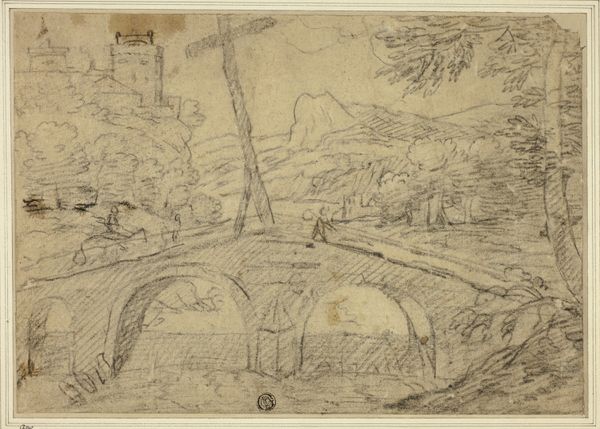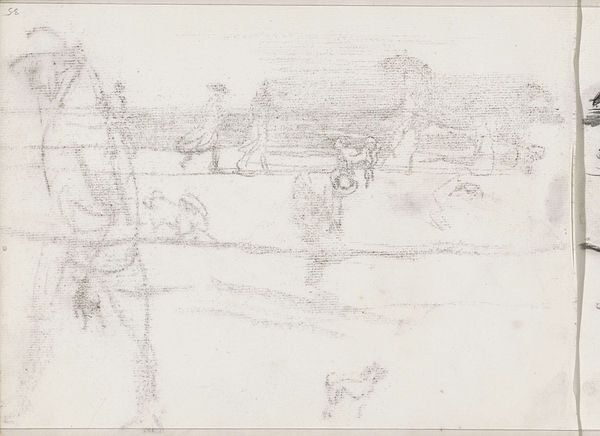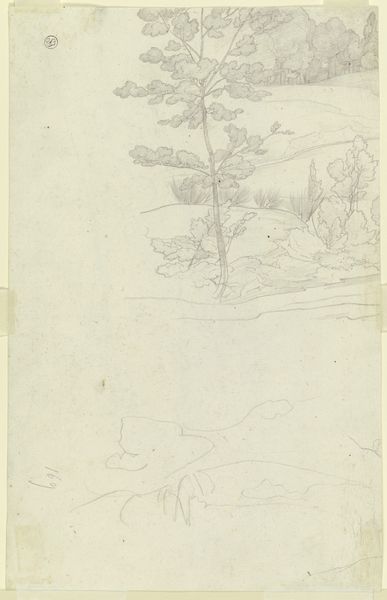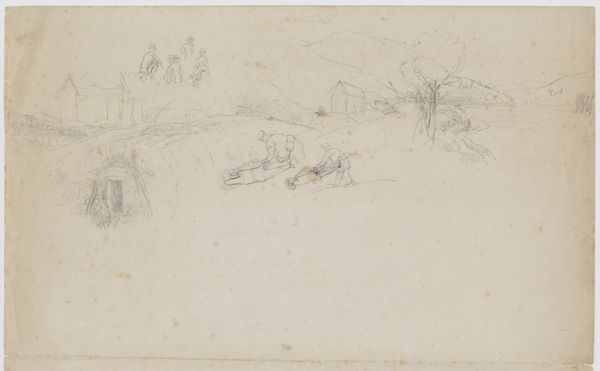
drawing, pencil, architecture
#
drawing
#
landscape
#
pencil
#
architecture
Copyright: Public Domain
Otto Scholderer created this sketch of a farmstead with graphite on paper. The soft grey tones and delicate lines are typical of graphite, allowing for subtle gradations of light and shadow. Think about how graphite pencils are made: combining graphite powder with clay, then baking the mixture, a process that influences the hardness and darkness of the pencil's core. This method, developed in the 16th century, democratized drawing, making it accessible to a wider range of artists. Scholderer's choice of graphite emphasizes the immediacy and intimacy of the drawing process. The texture of the paper also plays a crucial role, providing tooth for the graphite to adhere to, creating a slightly rough surface that enhances the overall tactile quality of the image. By focusing on the materials and the making, we can appreciate how Scholderer's sketch embodies both artistic skill and the broader cultural history of drawing. It challenges the traditional hierarchy between fine art and craft, reminding us of the value of everyday materials and processes in artistic expression.
Comments
No comments
Be the first to comment and join the conversation on the ultimate creative platform.

